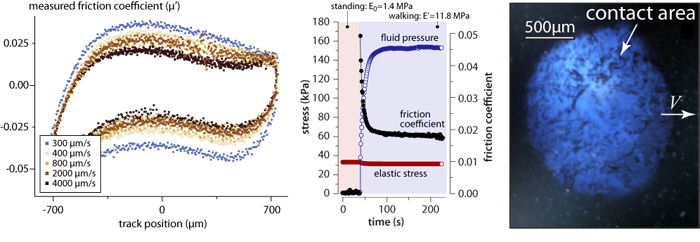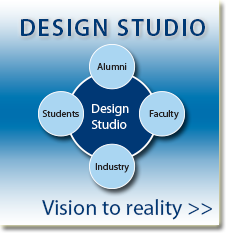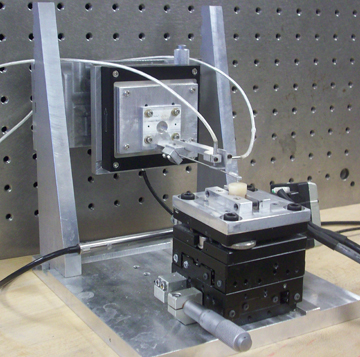Low Load Microtribometer
Specifications
- Motion range: 30mm X, 25mm Y, 800µm Z
- Motion noise floor: <1µm X, <10µm Y, <1.8nm Z
- Load range: customizable between 10µN - 10N
- Load range noise floor: <0.5% load range X, <0.5% load range Z
- Speed range: ~0.001mm/s - 100mm/s
- Displacement range: 0.1mm - 20mm
- Modes: force control, deformation control, linear reciprocation, indentation (force-deformation)
Description
The modular design of this custom built microtribometer enables endless application to common tribological questions. Our use of this instrument has enabled us to perform numerous mechanics and lubrication studies on materials such as articular cartilage, contact lenses, PTFE, aluminum metal matrix composites, and biodegradable bike lubricants. We have recently extended the versatility of this instrument to include in situ imaging of contact via a polished spherical lens. While this technique was first used more than a century ago by Hertz we have furthered this technology by developing the techniques required to image micro scale contacts in a hydrated environment, a condition which has traditionally distorted the imaging process.
Example Data
Left: Friction coefficient is 'phase-locked' with position to provide insights into location specific features and eliminate effects of sample tilt, curvature and roughness.
Center: In-situ deformation measurements during sliding enable fluid pressure and contact pressure calculations for correlation to friction and lubrication mechanisms of cartilage.
Right: A lens is used to 'view' the buried contact. Here, we are watching the contact of glass and cartilage to study how and when wear occurs.





